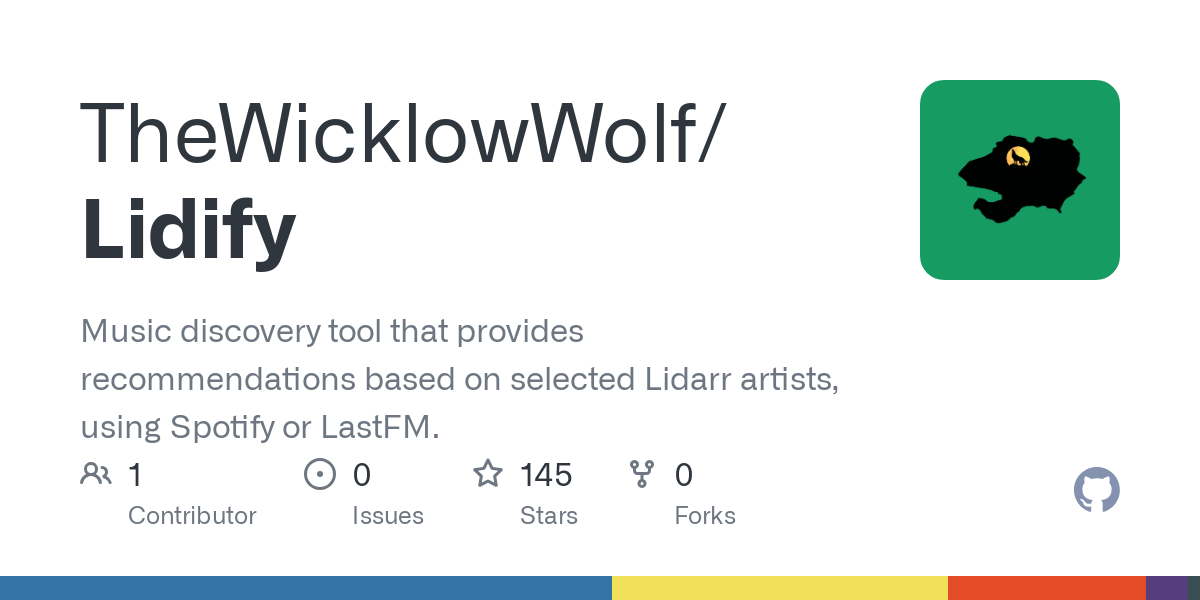- 6 Posts
- 20 Comments

 2·3 months ago
2·3 months agoOpen WebUI now has a docker environment variable so you can, by default, turn off the login page. You just declare it when you’re spinning up the container and you’re good to go.

 3·3 months ago
3·3 months agoThat’s really smart. I just found out about fabric yesterday and it is helping me with things like what you stated. Prompt engineering is a huge thing.

 12·3 months ago
12·3 months agoI’m sorry if I offended. I can’t code or understand existing code and have always felt that technical people code. I guess I should expand my definition. Again, sorry that my words felt like a punch in the gut… wasn’t my intention at all.

 6·3 months ago
6·3 months agoI use my phone all the time, but I just use a wireguard VPN to tunnel into my home container of Open WebUI. Then I can interact with my desktop machine using a NVIDIA gpu. I’m currently testing mistral-nemo. It’s pretty great but it gets a bit verbose sometimes.

 41·3 months ago
41·3 months agoThis made me smile. Thank you. The grass is always greener and I sometimes daydream of working in IT instead of healthcare. Maybe someday.

 6·3 months ago
6·3 months agoIt’s so great that there is so much ongoing development of these types of tools out there. I’m currently using openweb ui as my GUI but I’ll give your suggestion a try next week. I haven’t figured out a use case for stable diffusion except for creating new content for the shitposting community on lemmy lol. But if you have any ideas, please let me know… I’d love to test it out if I have a good use case.

 121·3 months ago
121·3 months agoYeah, I have an NVDIA GPU and it is magic. The best part is when you are using Ollama, open a second terminal window and enter the command,
watch -n 0.5 nvidia-smiand you can see your GPU usage go up and down in real-time as you ask the GPT questions. Pretty cool.Hopefully they get the ARC folks up and running soon.

 2·3 months ago
2·3 months agoGot it. Thanks. I’ll try that. It won’t wipe my existing data, right?

 2·3 months ago
2·3 months agoI don’t do anything special. When I connect the device to my machine by USB, it is recognized and mounts itself. Once that happens, it becomes connectable via CLI and GUI. Very much like what happens in a windows or mac environment.

 51·4 months ago
51·4 months agoLittle Seizures is my second favorite pizza place after Delicious Aneurysm.

 6·5 months ago
6·5 months agoHave you looked at snapcast? It’s one of the tools I’m going to evaluate for a similar use case. I’m not sure if it works with Plex OOTB but it the docs say it supports UPnP. Snapcast is actively maintained so you can just create an issue on github and see how they reply.

 41·7 months ago
41·7 months agoSame. I just know there is a lot more out there and hope those ppl chime in. 🤞

 3·7 months ago
3·7 months agoI use JF and tag my music with the MB ID too. Not what I’m asking.
I want to know if ppl use the playlist auto-generator plugins, lyrics plugin or others to enhance their experience.
Mildly racist

 9·1 year ago
9·1 year agoPihole blocks the basics for Roku. Things like logs ads etc. but there’s a lot more telemetry that they’re collecting. Here’s a hackernews thread about the topic and the associated article it references.

 2·1 year ago
2·1 year agoI did end up setting up my new Protectli appliance today. As i said below, I ended up with OPNsense and I have been able to replicate 97% of pfBlockerNG’s functionality on OPNsense. I’ve been able to load all of my previous DNS blocklists (including my own personal blocklists on Github), set up cron jobs (in the GUI) to update these lists every week and and whitelisted some sites too. The only thing that sucks is that regex isn’t supported. Instead they do wildcard domains (
*.ampproject.org). Not nearly as good as regex but it’s better than nothing.I also used pfBlockerNG for hardcoded ip address blocks (like Roku hard-coding 8.8.8.8). For that, I used the alias function in the firewall and just set up floating rules for that. Definitely not as convenient as a list, but they don’t change very much. Also, for IP addresses for security, OPNsense has a whole IDS section that pfBlockerNG used to handle.
pfBlockerNG made everything clean and easy but I’ve been able to get 97% of the functionality in pfBlockerNG in OPNsense. The 3% deficit is lack of regex support.
Edit: I saw the article you were referring to. That’s how I set up IP blocking. But Unbound in OPNSense supports blocklists (it’s even called DNSBL) and that is much easier/quicker to set up than using aliases IMO. Just make sure you toggle on
Advanced Mode. That’s how you quickly load the custom blocklist urls. Just remember to seperate the urls with a comma. I forgot the first time and nothing worked.

 5·1 year ago
5·1 year agoI bought a netgate box a couple of years back and it was total garbage. My new 2.5gb Protectli came in yesterday. Looks like I’ll be putting OPNsense on it.

 0·1 year ago
0·1 year agoLet Mozilla know by filing a report on Webcompat.

 01·1 year ago
01·1 year agoIf you’re in Cairo, go to the American Express office inside the Nile Hilton. You’ll be able to get USD there.


You should ask @brucethemoose@lemmy.world. He seems to know all about this stuff.